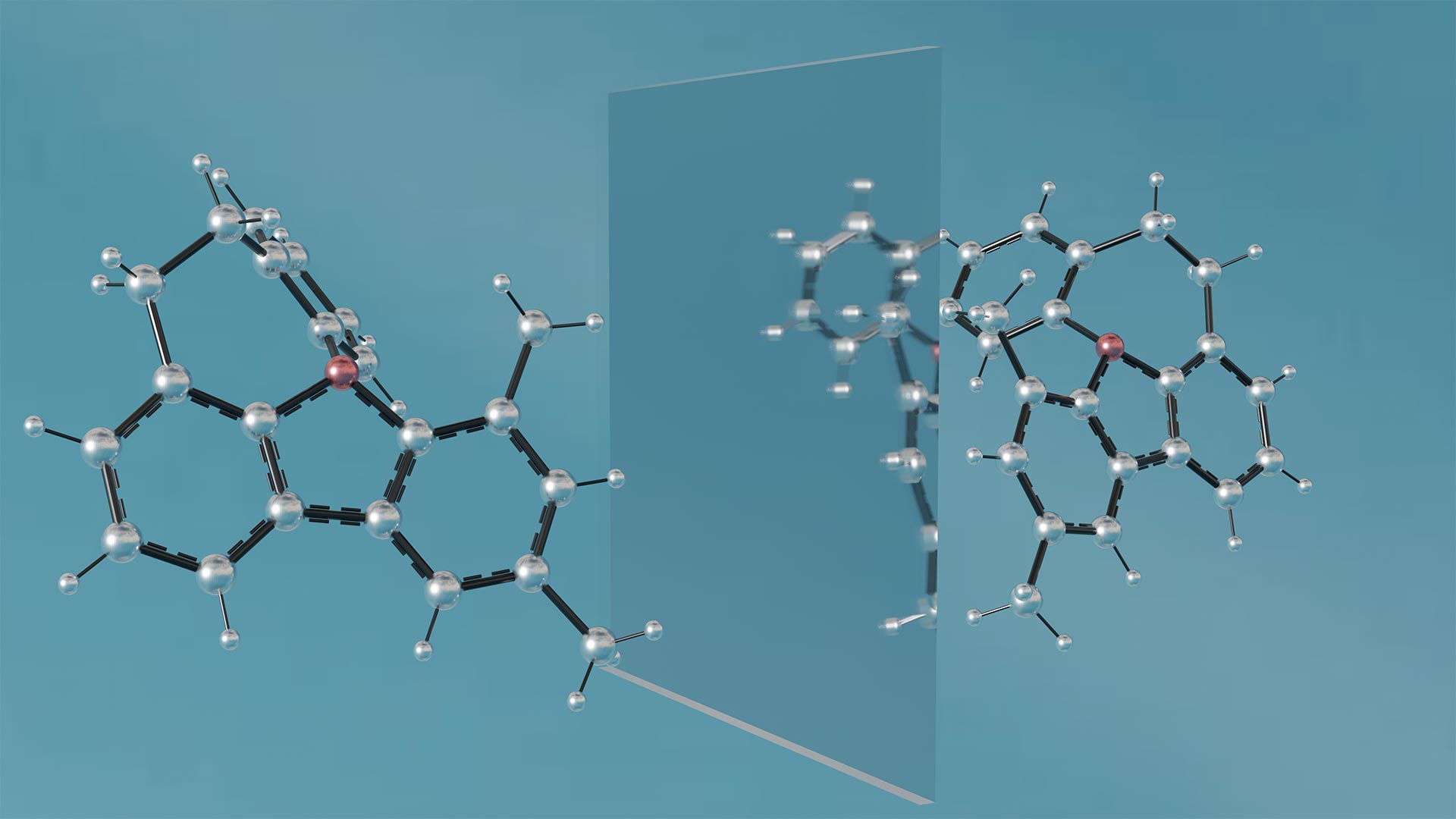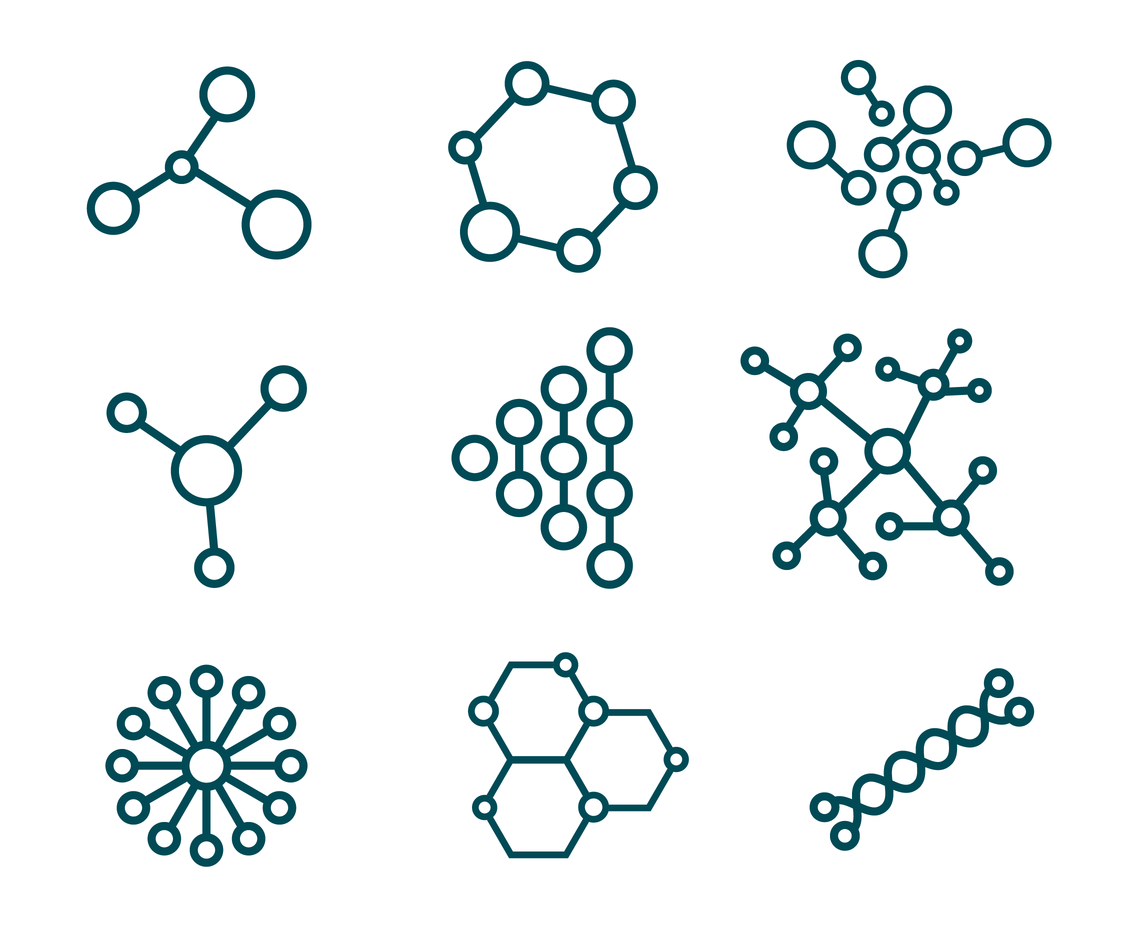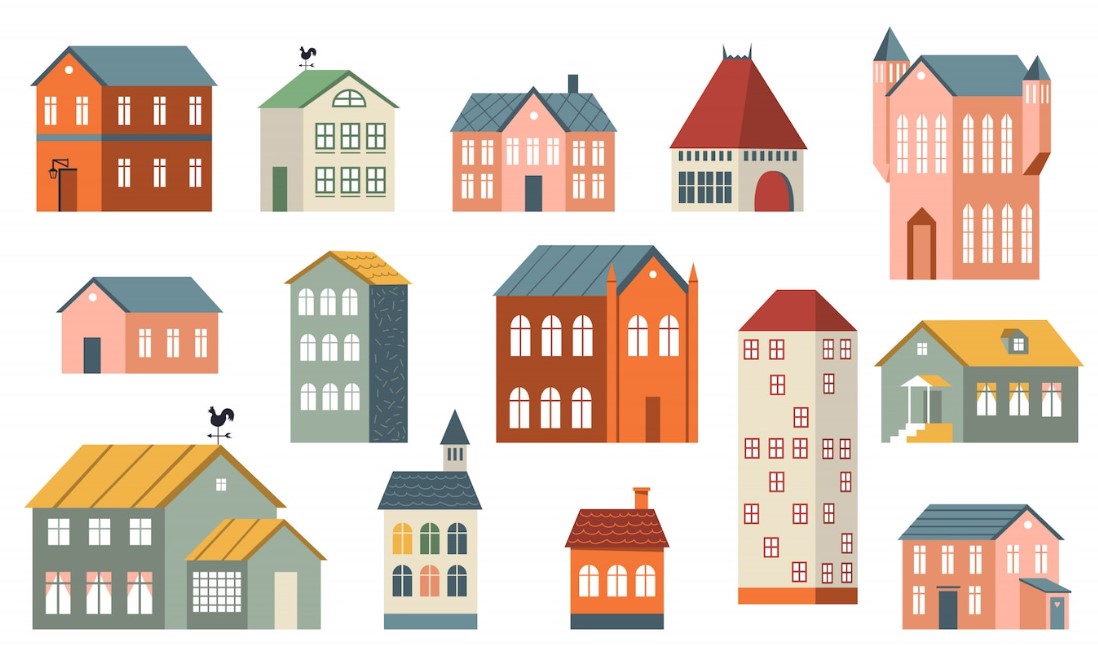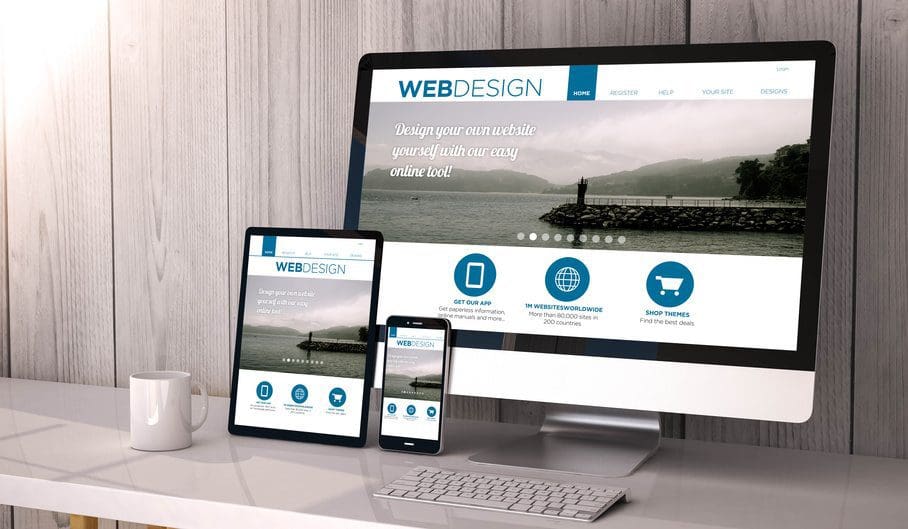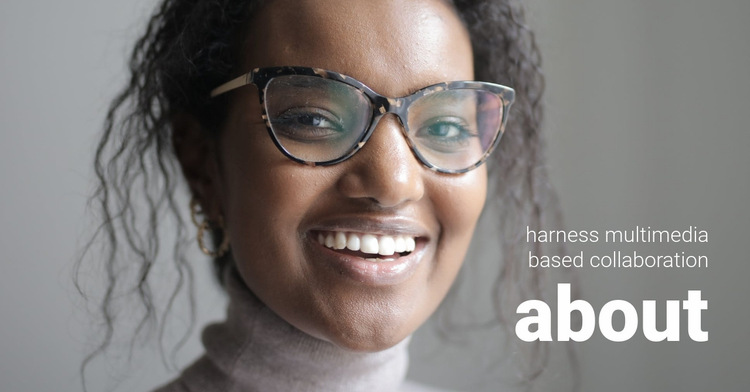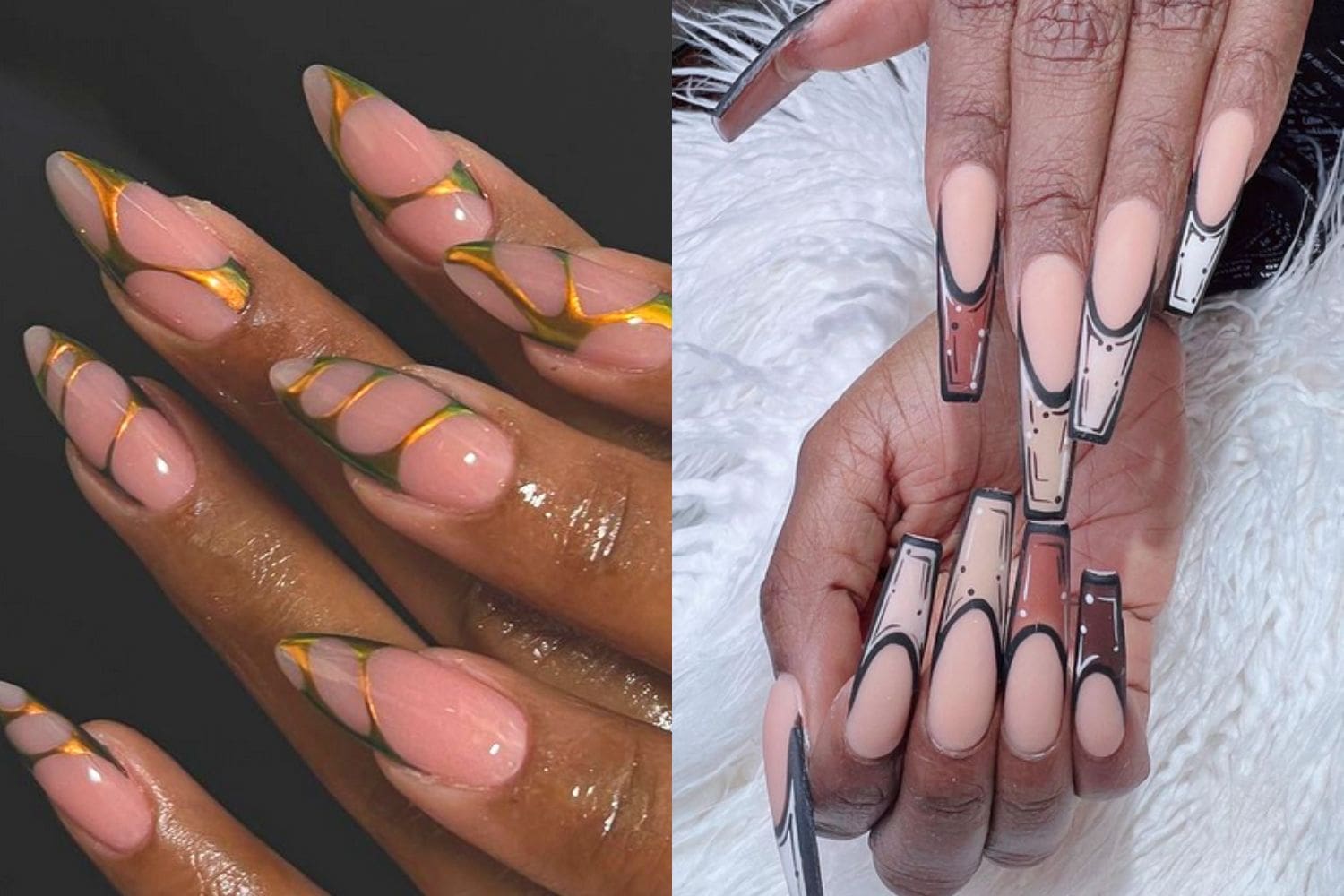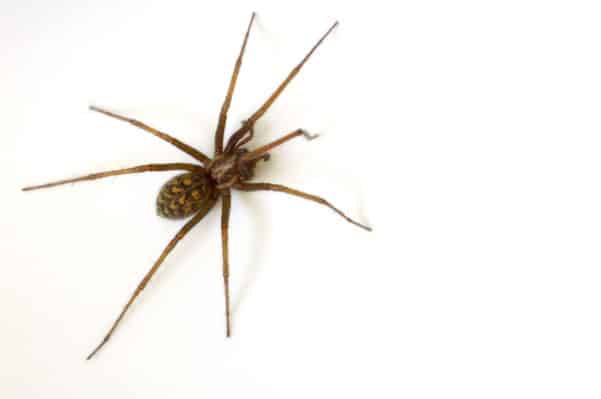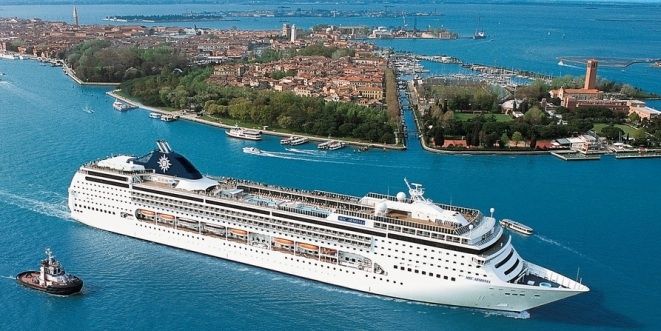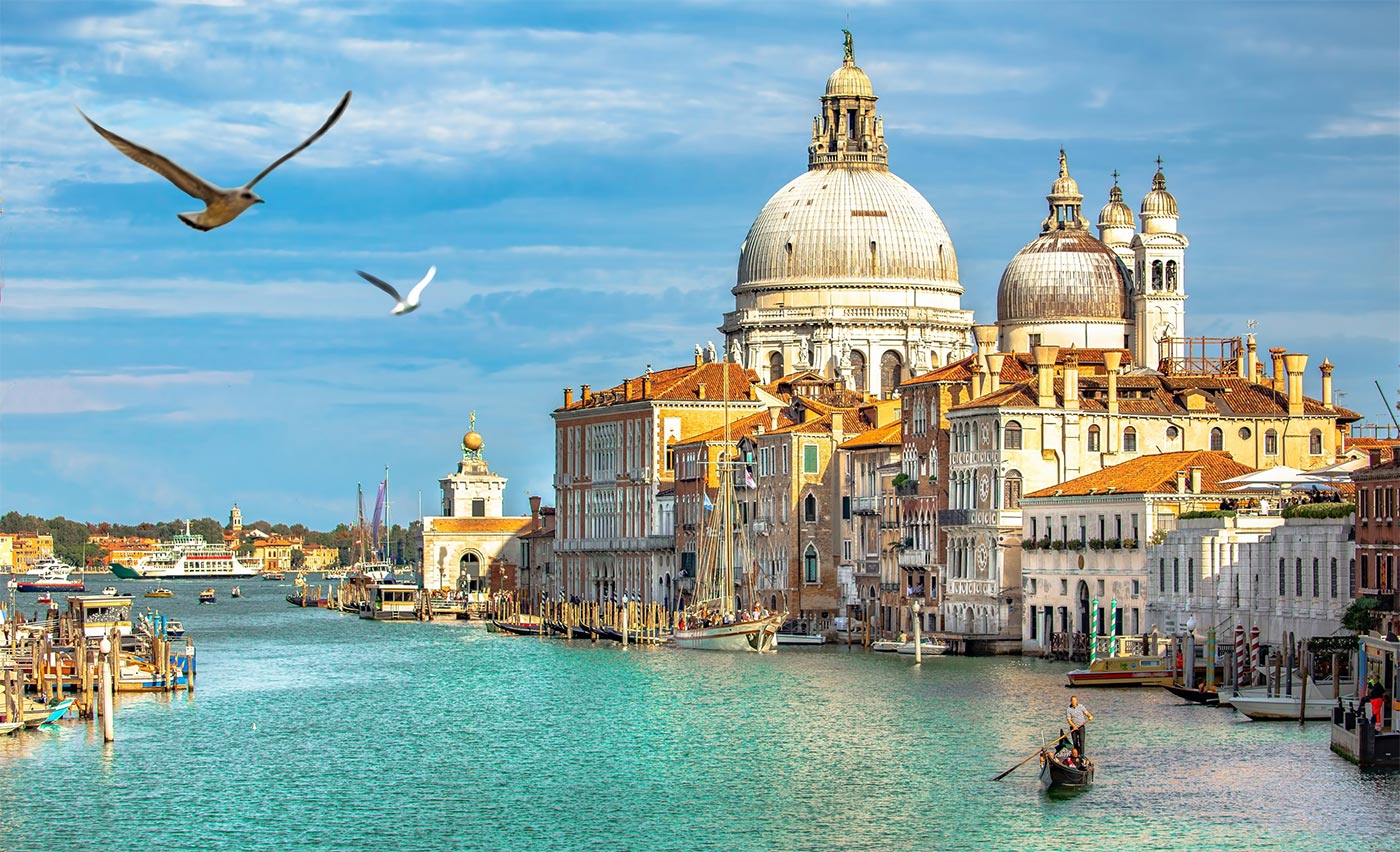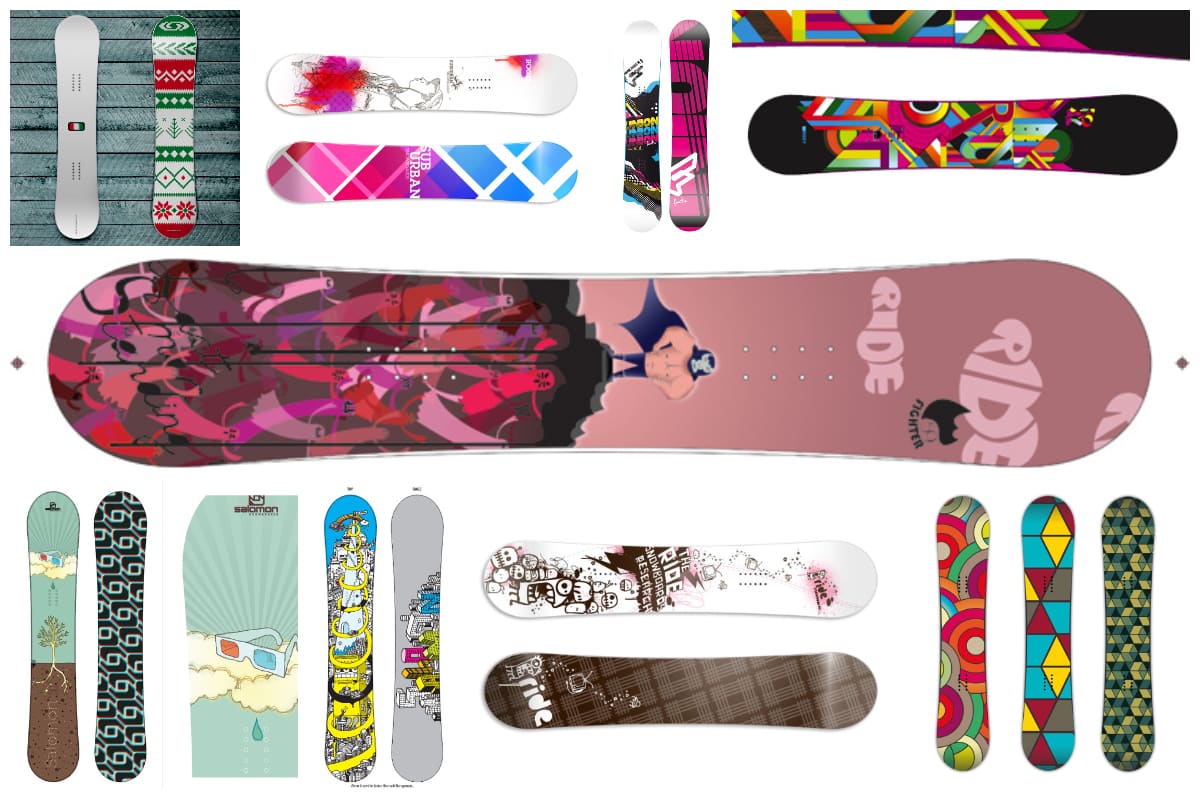
Longitudinal flex refers to how much the board bends along its length. Torsional flex refers to how much the board bends side to side across its width. On this list, all of the included snowboards are built from industry-leading, high-quality materials. Instead of camber, the belly of the board presses into the ground, so it’s a convex or U-shape.
Arbor Element Camber
The board is stiff and powerful but requires full commitment to turns to enjoy the big, high-speed turns the Freecarver 9000 was designed for. Relax and the board may drive you instead of the other way around. The core mixes lightweight, strong Paulownia wood stringers with Aspen, which we dig. For extra protection, double-level impact plates are integrated into the board beneath each binding, too.
Women’s YES. Hello
With a majority wood core made of paulownia, the board isn’t heavy and it does offer a bit of pop when it’s set up for it – but that spring doesn’t come easy like a more freestyle-oriented board. With a stiffer, directional design, the Riva performs well through ungroomed snow but really craves high speed on hardpacked, chalked-up runs and corduroy. Riders who gravitate toward the park will appreciate this board’s playful tendencies. Jibbing, hucking, and pressing are all well within the Element’s capabilities. When it comes time to zip down the groomers, the lightning-fast sintered base will have you flying past your buddies.
Jones Snowboards Freecarver 9000s
The result is a superb float in powder, a more forgiving edge-to-edge experience, and a more surf-life experience in carves. A camber board offers excellent edge control and a precise, aggressive, stable ride. Imagine looking straight down at a snowboard that’s flat on the ground. The board’s shape is literally its outline, which is defined by the width from any side-to-side point, as well as the frame of the nose and tail. Because these boards aren’t specialists, they generally make some compromises in order to work well all over the mountain. For example, a good all-mountain board should ride well in the powder, but it probably won’t perform quite as well as an aggressively directional powder surfing specialist.
New Sustainable Snowboard Bindings Unveiled - Snow-Forecast.com
New Sustainable Snowboard Bindings Unveiled.
Posted: Wed, 13 Sep 2023 07:00:00 GMT [source]
Indoor snowboarding is made possible through the use of specialized indoor facilities. These facilities feature synthetic snow on indoor slopes that mimic the feeling of riding on real snow. They can also include ramps, jumps, and other features that allow snowboarders to practice their tricks and stunt skills. Powder-leaning all-mountain snowboards are the perfect tool for the deepest of days.
Coda Splitboard Rocker
Plate bindings are used with hardboots on Alpine or racing snowboards. Extreme carvers and some Boarder Cross racers also use plate bindings. The stiff bindings and boots give much more control over the board and allow the board to be carved much more easily than with softer bindings. Alpine snowboards tend to be longer and thinner with a much stiffer flex for greater edge hold and better carving performance. Randy believes that Sherman took an old water ski and made it into the snurfer for his children who were bored in the winter. (Randy Lee, October 14, 2014)[4] Commercially available Snurfers in the late 1960s and early 1970s had no bindings.
Splitboards divide in half and can be used with skins just like backcountry skis. Once you’re ready to descend, the splitboard snaps back together and is ready to ride. A snowboard’s base is the layer of material that makes contact with the snow as you ride.
We meet for an annual gear testing week to swap notes, too, including a recent ski week at Crested Butte Mountain Resort in Colorado, which is known for extremely steep terrain. We tried it in the full spectrum of resort conditions and it proved to be an all-mountain board. It might not be your first choice if you’re a park rat, but it has enough pop for jibbing natural features.

The GNU Ladies Choice has rocker between the feet, camber beneath the feet, and rocker on the ends. For increased control this season, we adjusted for lengthened camber and less rocker in the middle. There are lots of excellent snowboards on the market, and innovative models are introduced with each upcoming season. To compile this list, we sifted through the crowded field and selected only the very best all-mountain snowboards of the season. Most experienced riders are able to ride in the opposite direction to their usual stance (i.e. a "regular" rider would lead with their right foot instead of their left foot). By 2008 snowboarding was a $487 million industry[4] with average equipment costs running to around $540 for board, boots, and bindings.
Strap-in, step-in, and hybrid bindings are used by most recreational riders and all freestyle riders. Amongst Climate Change, the winter sports community is a growing environmentalist group, whom depend on snowy winters for the survival of their culture. Alongside this organization, there are many other winter sports companies who see the ensuing calamity and are striving to produce products that are less damaging to the environment. Snowboard manufacturers are adapting to decreasing supplies of petroleum and timber with ingenious designs.
The first fibreglass snowboard with binding was made by Santa Cruz inventor Gary Tracy of GARSKI with the assistance of Bill Bourke in their factory in Santa Cruz in 1982. One of these original boards is still on display at Santa Cruz Skateboards in Capitola, CA. By the mid-80s, snowboarding had considerable commercial success with multiple competing companies. Burton had established a European Division by the mid-1980s. In Canada in 1983, a teenager named David Kemper began building his first snowboards in his garage in Ontario, Canada. By 1987, Kemper Snowboards was launched and became one of the top snowboard brands among Burton, Sims, and Barfoot.







